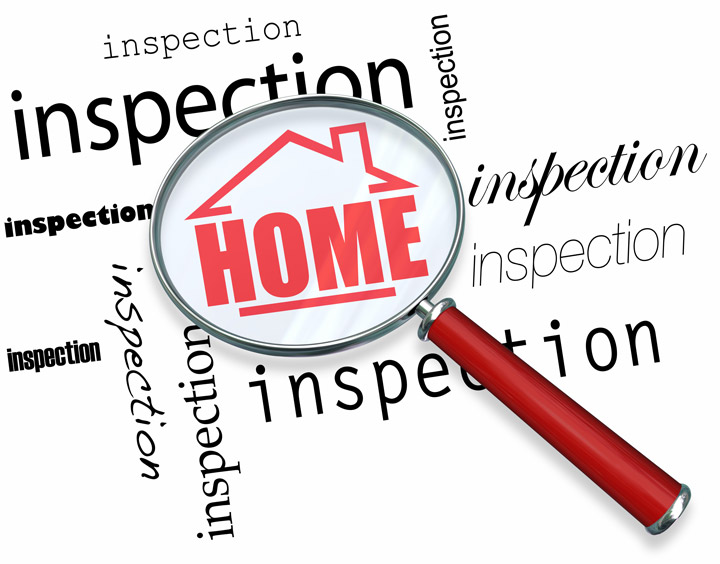
Real Property Appraisals: A PrimerGetting real estate is the largest transaction most of us may ever encounter. Whether it's a primary residence, an additional vacation home or one of many rentals, purchasing real property is a detailed transaction that requires multiple parties to pull it all off. It's likely you are familiar with the parties having a role in the transaction. The real estate agent is the most known entity in the exchange. Next, the mortgage company provides the financial capital required to finance the deal. And ensuring all areas of the exchange are completed and that the title is clear to pass from the seller to the purchaser is the title company. So, what party is responsible for making sure the value of the real estate is in line with the purchase price? This is where the appraiser comes in. We provide an unbiased opinion of what a buyer could expect to pay — or a seller receive — for a parcel of real estate, where both buyer and seller are informed parties. A licensed, certified, professional appraiser from C Roger Lewis Agency will ensure, you as an interested party, are informed. The inspection is where an appraisal startsTo ascertain the true status of the property, it's our responsibility to first conduct a thorough inspection. We must see features hands on, such as the number of bedrooms and bathrooms, the location, amenities, etc., to ensure they truly are present and are in the shape a typical buyer would expect them to be. The inspection often includes a sketch of the house, ensuring the square footage is correct and illustrating the layout of the property. Most importantly, the appraiser identifies any obvious amenities - or defects - that would have an impact on the value of the property. Next, after the inspection, we use two or three approaches to determining the value of real property: paired sales analysis and, in the case of a rental property, an income approach. 
Replacement CostThis is where we pull information on local building costs, the cost of labor and other elements to determine how much it would cost to build a property comparable to the one being appraised. This estimate usually sets the upper limit on what a property would sell for. The cost approach is also the least used method. 
Analyzing Comparable SalesAppraisers are intimately familiar with the communities in which they appraise. They thoroughly understand the value of particular features to the people of that area. Then, the appraiser researches recent transactions in the vicinity and finds properties which are 'comparable' to the property in question. Using knowledge of the value of certain items such as square footage, extra bathrooms, hardwood floors, fireplaces or view lots (just to name a few), we adjust the comparable properties so that they are more accurately in line with the features of subject property.
After all differences have been accounted for, the appraiser reconciles the adjusted sales prices of all the comps and then derives an opinion of what the subject could sell for. When it comes to associating a value with features of homes in Morehead and Rowan, C Roger Lewis Agency is second to none. The sales comparison approach to value is commonly given the most consideration when an appraisal is for a real estate exchange. Valuation Using the Income ApproachA third way of valuing approach to value is sometimes employed when a neighborhood has a reasonable number of renter occupied properties. In this situation, the amount of revenue the real estate generates is taken into consideration along with income produced by comparable properties to derive the current value. Putting It All TogetherExamining the data from all approaches, the appraiser is then ready to state an estimated market value for the property at hand. The estimate of value at the bottom of the appraisal report is not necessarily what's being paid for the property even though it is likely the best indication of a property's valueThere are always mitigating factors such as seller motivation, urgency or 'bidding wars' that may adjust the final price up or down. But the appraised value is often employed as a guideline for lenders who don't want to loan a buyer more money than they could recover in case they had to put the property on the market again. Here's what it all boils down to, an appraiser from C Roger Lewis Agency will guarantee you get the most fair and balanced property value, so you can make profitable real estate decisions. |